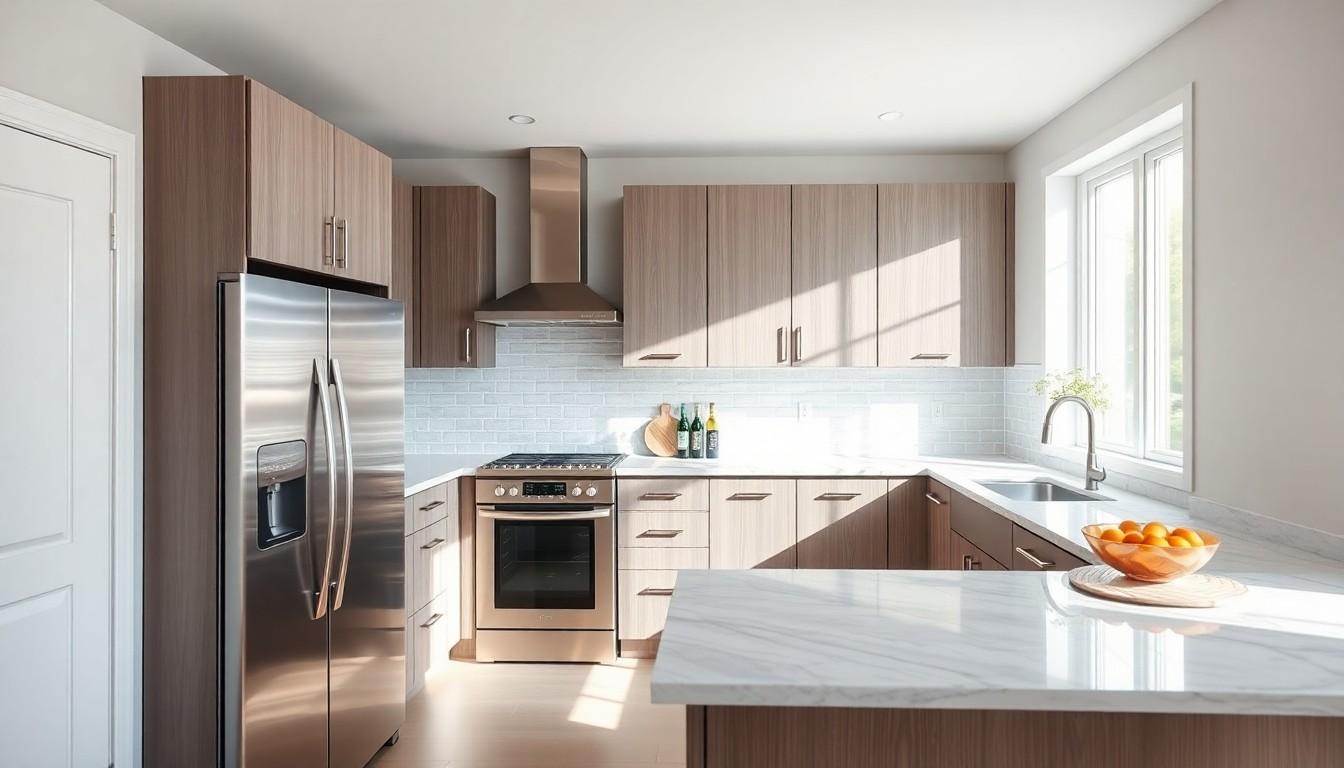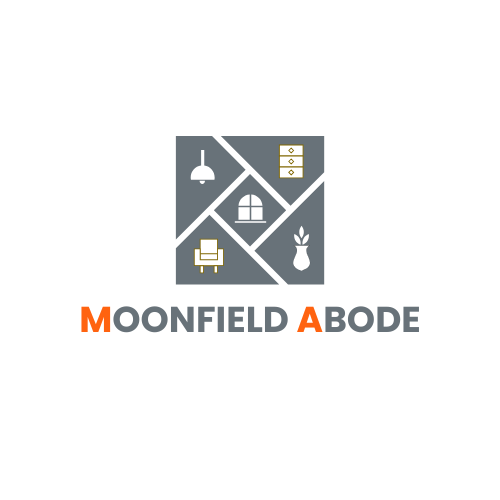Thinking about turning that outdated kitchen into a culinary paradise or transforming the bathroom into a spa-like retreat? Home renovation dreams can often feel like a distant fantasy, but they don’t have to be. With the right mortgage options, homeowners can unlock the potential of their space without breaking the bank—or their backs.
Imagine sipping coffee in a sunlit room that was once a drab storage area. Sounds dreamy, right? Enter the world of renovation mortgages, where financing meets creativity. It’s not just about fixing what’s broken; it’s about crafting a home that reflects personal style and comfort. With a little savvy planning and the right mortgage, homeowners can turn their vision into reality, one nail and paintbrush at a time. So, let’s explore how to make those renovation dreams come true without losing your sanity—or your savings.
Understanding Mortgage for Home Renovation
Home renovation mortgages provide options for financing updates to existing homes. These financial products help homeowners fund projects for improved functionality or aesthetics.
What Is a Home Renovation Mortgage?
A home renovation mortgage combines the purchase price of the property with the cost of renovations into a single loan. This type of mortgage enables individuals to borrow based on the projected value of the home post-renovation. Eligibility requirements usually include a good credit score and sufficient income to cover the payments. Both Fannie Mae’s HomeStyle Renovation Mortgage and the FHA 203(k) Loan are common options in this category.
Types of Home Renovation Mortgages
Several types of home renovation mortgages exist, catering to different homeowner needs. Fannie Mae HomeStyle Renovation loans allow flexibility in project scope, covering everything from minor repairs to extensive overhauls. FHA 203(k) loans are federal programs aimed at those seeking affordable options for significant repairs or improvements. Personal loans and home equity lines of credit also provide alternatives, offering shorter approval times and fewer requirements. Each type of mortgage serves distinct purposes, making it vital for homeowners to choose based on specific project needs.
Benefits of Using a Mortgage for Home Renovation

Using a mortgage for home renovation offers numerous advantages for homeowners. Not only does it provide financial flexibility, but it also opens doors to transforming one’s living space while managing costs effectively.
Access to Larger Funds
Accessing larger funds is one significant benefit of utilizing mortgage options for renovations. Homeowners can secure hundreds of thousands of dollars based on their property value. Personal loans often come with lower limits, making mortgages a more viable choice for extensive projects. By combining renovation costs with existing mortgage amounts, homeowners can manage significant upgrades like kitchen overhauls or bathroom expansions efficiently. Furthermore, lenders typically offer competitive interest rates that can make borrowing more affordable over time.
Potential Increase in Home Value
Home renovations funded by a mortgage often lead to an increased home value. Upgrades such as modernizing kitchens or adding bathroom space can yield a return on investment. According to the National Association of Realtors, minor kitchen remodels can recover up to 81% of their costs upon selling. Aesthetic improvements often attract potential buyers, resulting in quicker sales and higher offers. Renovating with a mortgage also allows homeowners to tailor their spaces to match current market trends, providing a competitive edge in a fluctuating real estate market.
How to Qualify for a Mortgage for Home Renovation
Qualifying for a mortgage for home renovation involves meeting specific criteria that vary by lender. Understanding these requirements can streamline the process.
Credit Score Requirements
A strong credit score plays a significant role in mortgage approval. Lenders typically look for a score of at least 620 for conventional loans, such as Fannie Mae’s HomeStyle Renovation Mortgage. FHA loans might allow scores as low as 500, but this often requires a larger down payment. Maintaining a history of timely payments on credit accounts boosts a credit score. Additionally, reducing credit card balances can further improve creditworthiness. Borrowers with higher scores not only secure approval with greater ease but may also benefit from lower interest rates.
Income and Employment Verification
Lenders require proof of stable income and employment to assess a borrower’s ability to repay the loan. Typically, two years of consistent employment in the same field demonstrates reliability. Documentation often includes recent pay stubs, tax returns, and W-2 forms. Self-employed individuals might need to provide additional paperwork, such as profit and loss statements. Income should generally meet or exceed the lender’s minimum threshold based on the loan amount. Solid employment history and sufficient income increase the likelihood of mortgage approval while helping to identify suitable loan options.
Steps to Secure a Renovation Mortgage
Securing a renovation mortgage involves several key steps to ensure successful financing for home improvement projects.
Researching Lenders
Evaluate multiple lenders to find the most suitable mortgage option. Compare interest rates and terms from traditional banks, credit unions, and online lenders. Check each lender’s requirements for renovation mortgages, as these can vary significantly. Focus on lenders with experience in financing renovation projects, as they understand the nuances involved. Reading customer reviews and testimonials can provide insights into each lender’s reliability and service quality. Lastly, consult with a mortgage broker for recommendations tailored to specific renovation needs.
Preparing Your Renovation Plan
Developing a clear renovation plan is crucial before seeking financing. Identify specific projects, including remodels or repairs, with a detailed scope of work. Estimate costs by obtaining quotes from contractors, which helps establish a realistic budget. Prioritize renovations that enhance home value and meet personal needs while aligning with market trends. Compile necessary documentation, such as architectural designs or contractor estimates, to present a comprehensive plan to lenders. Presenting a well-thought-out plan increases the likelihood of mortgage approval and ensures smoother financing negotiations.
Conclusion
Home renovation can transform a house into a dream space. With the right mortgage options, homeowners can finance their projects without overwhelming financial pressure. Choosing the appropriate mortgage type is crucial for achieving desired results while maximizing property value.
By carefully planning and understanding eligibility requirements, individuals can navigate the mortgage landscape effectively. Whether opting for a renovation mortgage or exploring alternatives, the potential for increased home value and enhanced living spaces is significant. With the right approach, turning renovation dreams into reality is not just possible but also rewarding.

